Our iPhones have become one of the most convenient tools for accessing files on the go, and it can be very frustrating when you are unable to access these PDF files on our iPhones which delays our overall productivity. There could be many reasons why you can't download PDFs on your iPhone, it may be because of a technical glitch, a settings problem, or just an app issue. UPDF has thought of this as a serious struggle for out users and found ways to download PDF and if you want to edit the downloaded PDF, you can use UPDF. UPDF is free to download on your Windows, macOS, iOS, and Android devices. Download it now!
Windows • macOS • iOS • Android 100% secure
In this article, we'll tackle the common reasons why you can't download PDFs on your iPhone and provide effective solutions to resolve these.
Part 1. Why Can't I Download PDF Files on My iPhone?
There are many reasons of why you cannot download PDF files on your iPhone. Here are some of them.
1. Slow Network:
Having a slow network speed is one of the leading causes of why users are unable to download PDF files on their iPhones effectively. When network connections are slow, this also means a prolonged download time, loss of connection while downloading which would interrupt the download and increases the chances of download failures. This is one of the leading issues since it requires a consistent and strong network connectivity for PDF files to be downloaded successfully.
2. App Issues:
It is important to choose the right app when downloading PDF files as this can also contribute to reasons why users might have a hard time downloading these files. App issues are the reasons because the app could be experiencing bugs or technical issues that would most likely prevent it from successful downloads. More app-related issues include crashes during the download process, device compatibility issues, or the app not responding to download requests. Additionally, outdated app features or lack of security updates can be one of the essential reasons why there would be complications with the app's overall productivity.
3. Storage is Full:
It is important to know your device's state as well before looking into other possible reasons as it could just be your device's error. Insufficient storage space limits your iPhone to store new files including PDF files. Your device's operating system requires enough free space to accommodate new downloads, leading to interruptions and hindering your PDF downloads.
4. Content Blockers:
If you have downloaded content blockers on your iPhone, this may very much be one of the reasons why you are unable to download PDF files effectively. Content blockers are software tools or applications that are designed to block certain types of content from loading in web browsers. Once you have these installed on your iPhone, these content blockers might mistakenly identify your PDF file as unwanted or dangerous content when you attempt to download these on your device. It is important for users to understand this as content blockers may have flaws and might just be aggressive in protecting what content you are introducing to your phone including harmless PDF files.
5. iPhone Issues:
iPhone devices can also be one of the reasons why users have issues in downloading PDF files. Software glitches from the iOS can definitely disrupt the download process, causing failures or errors. Another possible reason could be the device's network connectivity issues, such as Wi-Fi dropouts or cellular data problems that can very much be the reason for failed downloads. Moreover, compatibility issues between the iPhone's software version and PDF reader apps on iPhone or web browsers can lead to download failures as well.
6. Does Not Allow to Download:
Lastly, one more reason that users may overlook is that their device may not allow the files to be downloaded. This could be due to the restrictive settings on the device. For iPhone's security reasons, these devices have certain restrictions in terms of unauthorized downloads. These restrictions may already be a default from the settings or the user may set this system up. So if you have not checked, you may go ahead and look into your settings. This may be the reason why you could not download the files.
Part 2. 8 Fixes for Can't Download PDF on iPhone
Encountering these issues can be overwhelming and frustrating. But now that we've assessed the possible reasons or issues why users could not download their PDF files, let us move on to our eight quick fixes for you to try that would surely guide you in downloading these PDFs more efficiently.
1. Switch to a Stable Network
Switching to a more stable network is one of the easiest quick fixes you can do to allow you a more seamless downloading experience. Having connectivity issues can truly cause a hindrance to one's productivity. If you are using cellular data, perhaps switching to a Wi-Fi network can help you solve your problem. Wi-Fi networks are known for their reliable and stable network compared to normal cellular data networks. With this, it can help ensure that your PDF files are successfully downloaded without having to encounter any interruptions. Additionally, having a stable network decreases the chances of encountering network related problems providing a smoother experience for the user when accessing files on their iPhones.
Here is a step-by-step tutorial on how to check and switch to a more stable network:
For Cellular Data:
Step 1: Open your Settings App
Navigate through your phone and open the 'Settings' App.
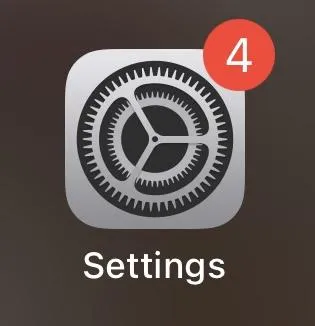
Step 2: Click on 'Cellular' and Turn it off and On
Once you have opened your Settings App, click on Cellular and try toggling the 'on' and 'off' button to see if the network's signal has changed.

If your cellular data's signal is still very slow, find a stable Wi-fi Network for you to connect to.
Step 3: Find a Wi-fi Network
Open your Settings App and click on 'Wi-Fi'. Once you have found the network you can connect to, check if the signal has improved.

Step 4: See if you can download the PDF files
Once you have connected to a more stable network, check to see if you can already download your desired PDF file.
2. Update the App to the Latest Version
Being mindful of the latest app updates for your selected PDF reader is essential to acquire its optimal performance and seamless user experience. Sometimes if you are experiencing a hard time with your PDF reader app, oftentimes it's because your app's version is not up to date and that could lead to incomplete downloads.
Here is a step-by-step tutorial on how to keep your app up to date to its latest version.
Step 1: Open your App Store with your iPhone device
With your iPhone, find through your applications and look for your App Store and click on it.
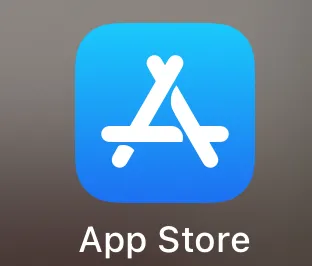
Step 2: Navigate to 'Your Profile'
Once you have opened your App Store, find 'Your Profile' in the upper right corner of your screen and click on it.

Step 3: Go to 'Purchases' Tab
Once you are already in the 'Your Profile' screen, you should see a tab for 'Purchases'. It should be at the top of the list.
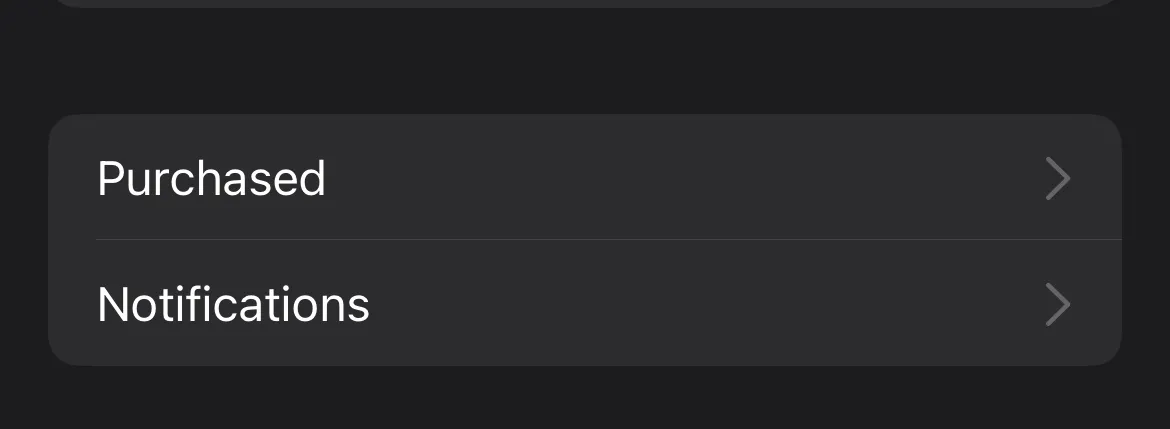
Step 4: Locate the PDF reader app
In the 'Purchases' tab, you will see all of the applications you have downloaded on your iPhone devices. Navigate and find the PDF reader app.
Step 5: Tap 'Update'
Once you find the PDF reader app, you will know if you have not updated your app if the button beside the app says 'Update'. If you haven't yet, click on 'Update' and wait for it to fully download and update.
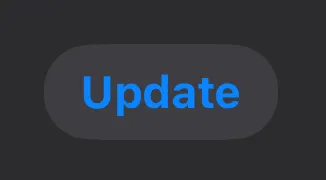
Step 6: Open your PDF reader app
Once you have successfully updated the app, you should be able to use the app effectively now that it has already been updated.
3. Clear the Storage
Having an insufficient storage space can truly put your productivity in vain. With less storage you could not maximize your device's features leading to frustrations and inefficiencies. Cleaning your iPhone's storage can significantly improve your device's overall performance especially when it comes to downloading important files and apps.
Here is a step-by-step tutorial on how to clear your iPhone's storage:
Step 1: Check your iPhone's storage usage
You should start by checking your iPhone's storage usage. You can find it through your Settings app > Go to General > and Click on iPhone Storage. There you can see the breakdown of which apps or files hold on too much space.

Step 2: Review Large Files
Since you have already seen the breakdown of which contents take too much space, you can then review these large files and see if this file is still needed for you to keep. Review the list of contents and identify which should be deleted and which should be kept.
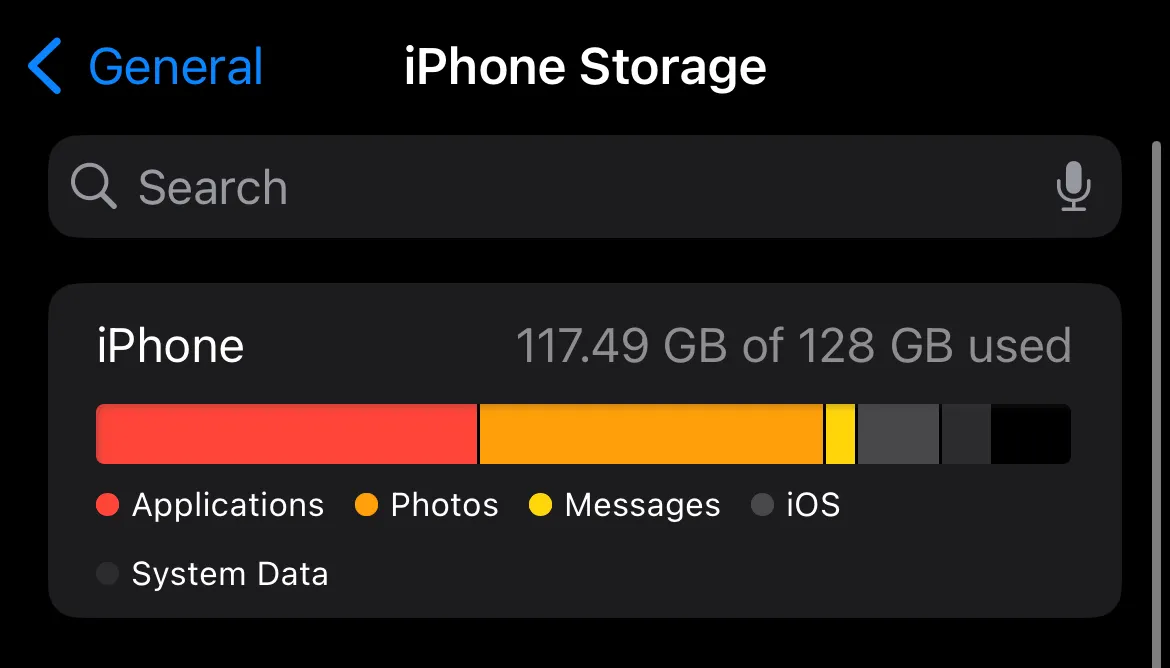
Step 3: Delete Unused/Unnecessary Apps
When done reviewing, assess whether these apps or files are still needed for you in the present. If they are no longer needed, you can go ahead and delete them.
Step 4: Manage Photos and Videos
Open your Photos app and review which photos or videos are no longer needed. You can also opt to use iCloud Photo Library or cloud storage services to store your media files without taking up for iPhone's storage.
Step 5: Clear your Safari's Cache
If you are using Safari to download your files, clearing the browser's cache can significantly clear up some unwanted storage. Go to Settings > Scroll down to 'Safari' > Clear History and Website Data.
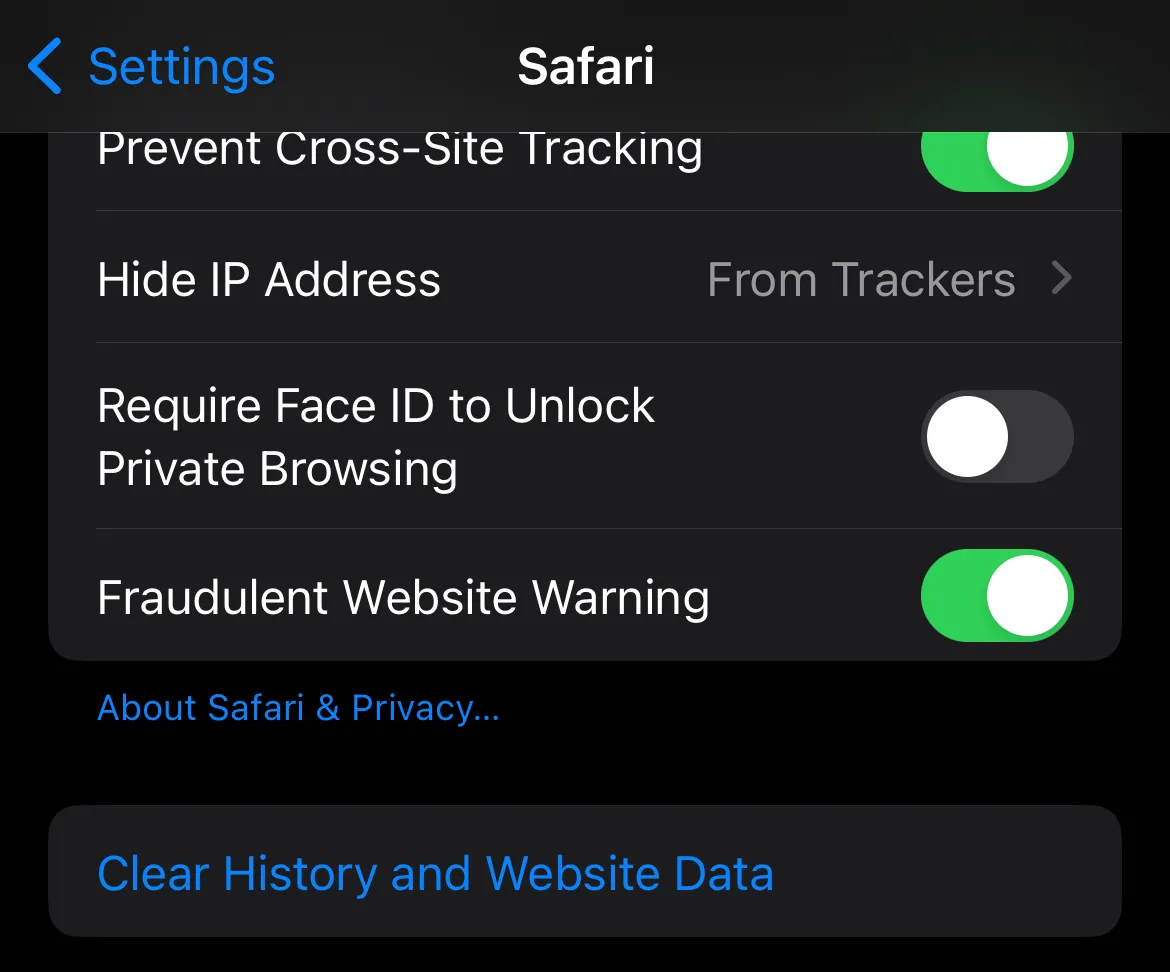
Step 6: Restart your iPhone
Once you have done all of these steps, you can go ahead and Restart your iPhone. This ensures that the changes you have made for the device have taken effect. This also helps optimize your iPhone's overall performance.
4. Disable Blockers
Content blockers are found to be helpful to users especially for one's productivity. However, there are instances that these blockers can interfere with downloading essential files as the blocker would think that these are unauthorized files and would not allow the user to download it. Disabling these blockers temporarily can allow the user to download the new files while still keeping the security these content blockers provide the user.
Here is a step-by-step tutorial on how to temporarily disable these content blockers:
Step 1: Open your Settings App
Open your iPhone and look for your Settings App and click on it.
Step 2: Scroll down to the Safari Settings

Once you are in the Settings, scroll down and find 'Safari' and click on it.
Step 3: Access the Content Blockers
Once you have clicked on 'Safari', any content blockers installed in your device will be listed here, once you see it click on it.
Step 4: Disable the Content Blockers
Once you find the content blocker, simple toggle on the 'Disable' for you to disable the blocker.
Step 5: Confirm Changes
After that, you can confirm changes and re-try to download the PDF File you wish to download and see if this resolves your problem.
Step 6 (Optional): Enable the Content Blockers again
If you wish to enable the content blockers again, click on Settings > Scroll down to Safari > Click Content Blockers > Click Enable > Confirm Changes.
5. Restart iPhone
Restarting your iPhone can be the simplest yet effective troubleshooting way to resolve various device issues and that also includes problems with downloading PDF files. Restarting your iPhone can refresh your device's system process, clear temporary files, and fix minor glitches that may be one of the reasons why you are struggling with downloading your PDF files.
Here is a step-by-step tutorial on how to restart your iPhone:
Step 1: Unlock your iPhone
Have your phone turned on and unlocked to restart the iPhone.
Step 2: Press and Hold Side buttons
For iPhones X and up: Press and hold the power button (right side of the device) , along with the volume up button (left side of the device, upper button.
For Iphones 8 and earlier: Press and Hold the power button located at the right side of the device.
Step 3: Slide to Power Off
Once you have successfully pressed the buttons, the 'Slide to Power Off' sliding feature will appear. Press and slide to power off your iPhone.
Step 4: Turn on your iPhone
Leave it unattended for about five minutes and turn on your phone by pressing and holding the power button located at the right side of your device. Wait for the Apple logo to appear.
Step 5: Unlock and Test
Once the iPhone has been turned on, test your iPhone's speed and try to see if you can download the PDF file you wish to download.
6. Reset All Settings
If this issue has been consistently persistent and it affects your overall user experience, it is probably best to reset all your settings. This process resets all settings on your iPhone to their default values without affecting your data, such as photos, videos, or apps. This can help in resolving underlying configuration related issues your iPhone has and may be causing your downloading errors.
Here is a step-by-step tutorial on how to reset all setting with your iPhone:
Step 1: Open Settings App
Start by opening the Settings app on your iPhone. This is where you can access various device settings.
Step 2: Navigate to General Settings
Scroll down and tap on 'General' in the Settings menu. General settings encompass a wide range of device settings.
Step 3: Access Reset Options
Within the General settings, scroll to the bottom and tap on 'Reset.' This section contains options for resetting various aspects of your iPhone. Once you are in this section choose 'Reset All Settings'. You may be prompted to enter your device passcode for security verification.
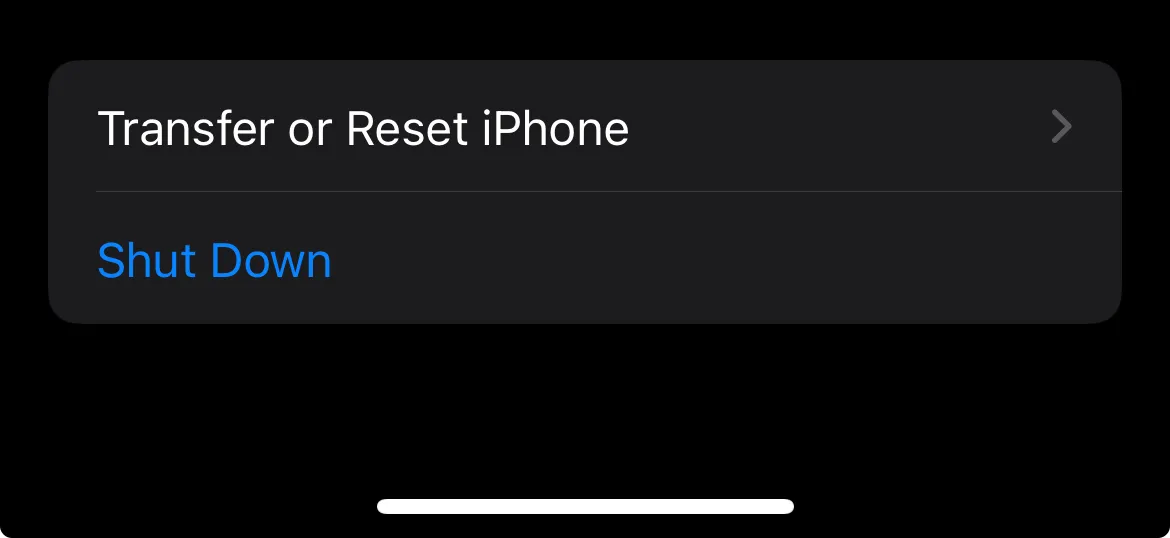
Step 4: Confirm Reset
A confirmation pop-up will appear, informing you that resetting all settings will revert them to their default values. Tap 'Reset All Settings' again to confirm and proceed with the reset.
Step 5: Wait for the Reset
Your iPhone will initiate the reset process, which may take a few moments. Ensure that your device remains powered on and connected to a stable network during this time.
Step 6: Complete Setup
After the reset is complete, your iPhone will restart, and you'll need to complete the initial setup process. This includes configuring Wi-Fi, Apple ID, and other settings.
Step 7: Test PDF Downloads
Once your iPhone is set up again, test downloading a PDF file to see if the issue has been resolved.
7. Update iOS
Ensuring your iPhone is up to date is crucial for an efficient user experience. This also keeps your iPhone's iOS Software updated ensuring optimal performance and added security. Updates often include new features, performance improvements, bug fixes, and resolutions to problems including downloading PDF files.
Here is a step-by-step tutorial on how to update your iOS:
Step 1: Open your Settings App
Open your iPhone and go to your Settings App
Step 2: Navigate to General Settings Tab
When you are in the Settings, click on the 'General Settings'.
Step 3: Access the Software Updates Tab
Once you have clicked the 'General Settings' click on the 'Software Updates'.
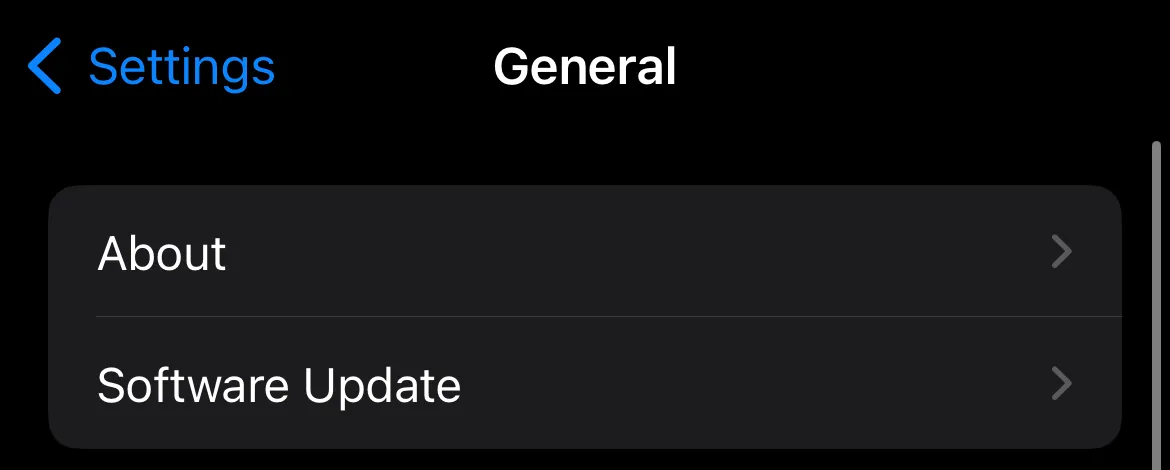
Step 4: Check for Updates
Now that you have clicked on the 'Software Updates', this will then tell you if your iPhone is up to date or if it needs to be updated on the latest iOS version.
Step 5: Download Updates
If your iPhone is not updated, click on 'Download' on the latest version the software is recommending the device.
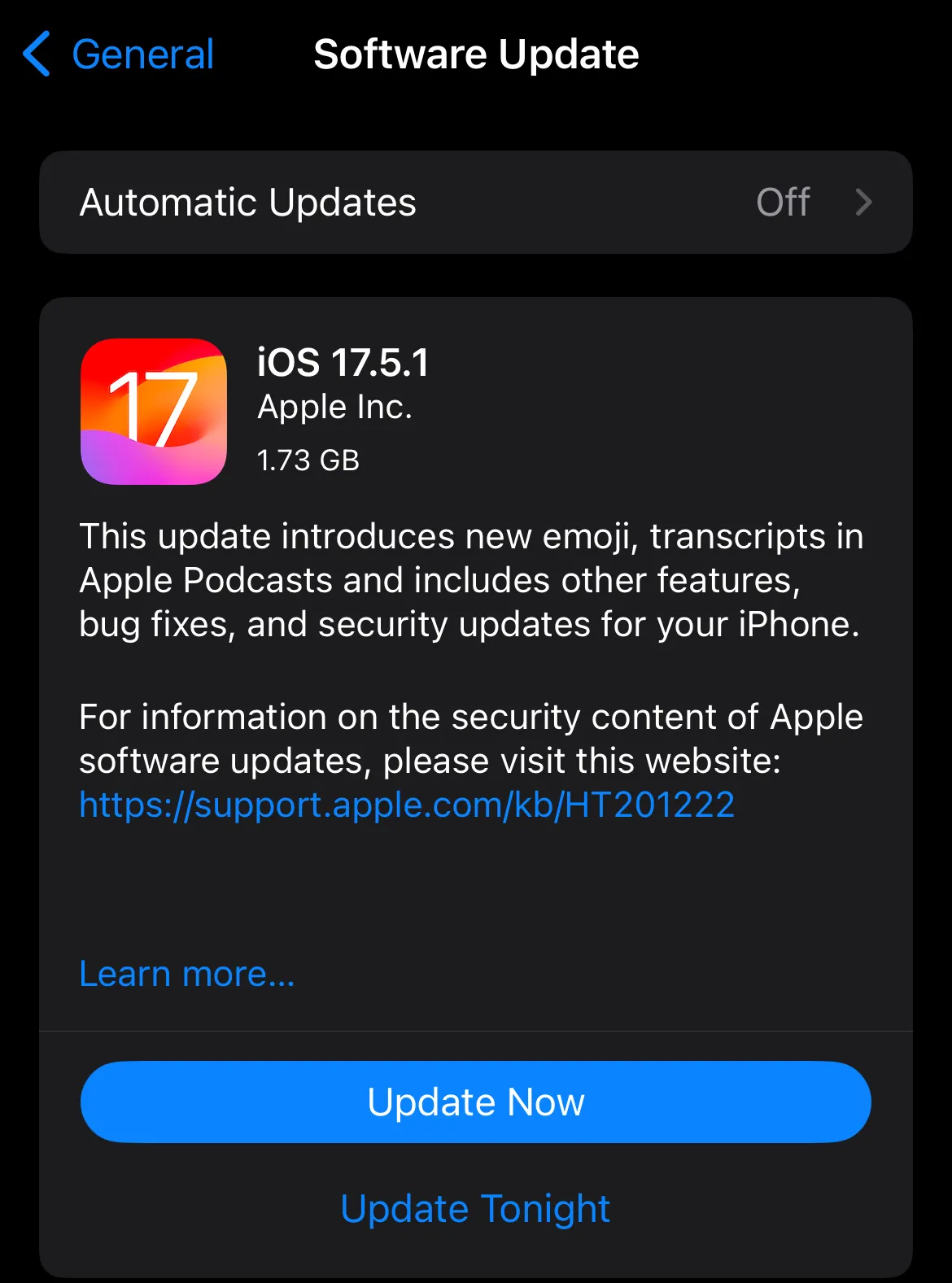
Step 6: Agree to Terms and Conditions
Now, click on 'Agree to Terms and Conditions' to continue the update.
Step 7: Wait for the download
The update should take a while, depending on the size of the update you are downloading. Ensure that your iPhone is connected to a stable Wi-Fi network and has sufficient battery life or is plugged to an electric source. Now, wait until your iPhone will turn back on.
Step 8: Complete set-up
Once the download is complete, finish the necessary set-up needed for the new update. In this step, you can also see the new features and updates that are available for your device now that it is up to date.
Step 9: Test PDF Downloads
You can now check to see if there are any progress in downloading your desired PDF files.
8. Screenshot
In some cases there are just instances where the PDF file could not be allowed to be downloaded, but do not fret, we still have one quick fix for you to try! Taking a screenshot on your iPhone can be a helpful way to capture and share information quickly. In this fix, you will need a reliable PDF file editor to extract the content of your screenshot.
Here is the step-by-step tutorial on how to do it:
Step 1: Take a Screenshot
Select and view the PDF file you wish to screenshot. Depending on your device, you can do your screenshot using your power button ( located at the right side part of your device) and your volume up button (located at the left side of your device, upper button) press them together and there you will have a screenshot.
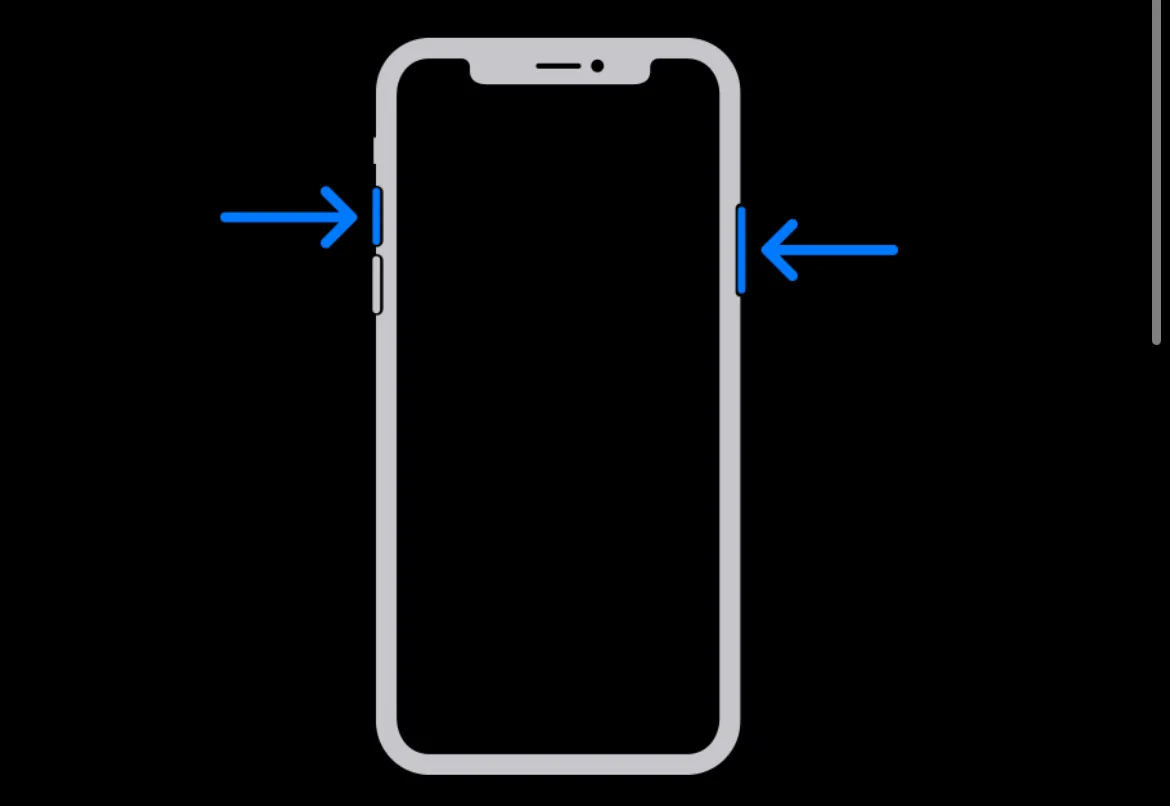
Step 2: Download the UPDF App for iOS
Go to your App Store and search for 'UPDF' or click the below button to download UPDF. Once you have found it, click 'download' and wait for it to be downloaded on your device.
Windows • macOS • iOS • Android 100% secure
Step 3: Use UPDF to open and convert your screenshot to PDF.
Once you have successfully downloaded UPDF, import the screenshot into PDF by clicking on the (+) add icon to import the screenshot using 'Photos' or 'Files'. Now tap the three dots and press 'Convert to PDF'
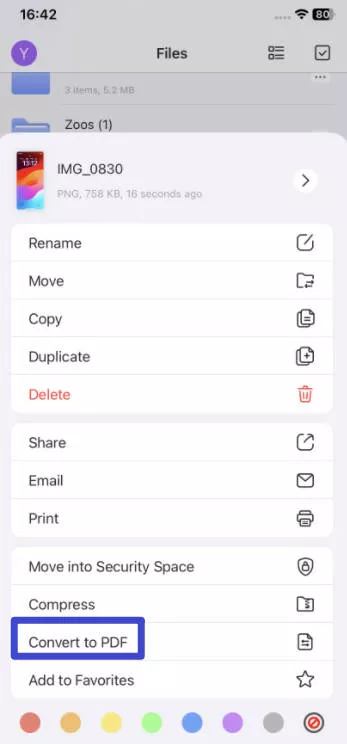
Step 4: Apply OCR and Extract the contents of the Screenshot to Text
Open the PDF document created from the screenshot and long-press the file to bring up a menu. Select the "Forward" icon twice, then choose the "OCR" option. Next, tap on the "Text Scanner" icon and highlight the text from your document. Use the "Copy" option to copy the text. Finally, paste the copied text into a new document or wherever needed. With these steps, you've successfully converted a screenshot to text using UPDF on iOS.
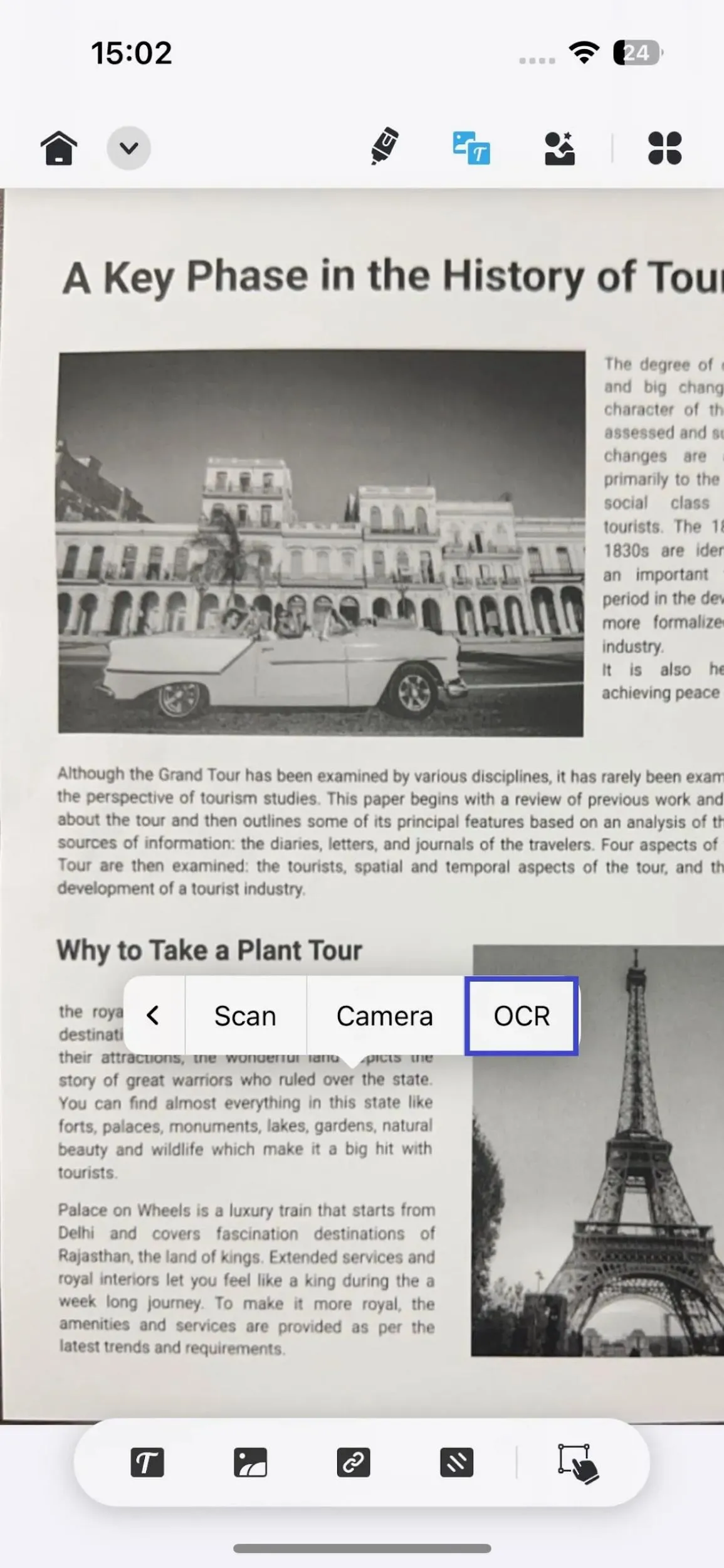
Part 3. Bonus Tip: The Best PDF Viewer and Editor for iOS
In today's fast-paced world, people value technology and convenience more than ever. Given everything discussed in this article, it's essential to have a reliable tool for opening important files. If you're looking for the best PDF viewer and editor that is available for iOS then look no further, UPDF will be your new best friend!
Don't miss out on the best PDF viewer and editor for your iOS devices. Download UPDF today and discover a new world of seamless and efficient file viewing and editing experience!
Windows • macOS • iOS • Android 100% secure
UPDF stands out from other PDF file reader apps due to its comprehensive features, AI capabilities, and affordability, making it the ultimate choice for managing PDF documents on your Windows, macOS, iOS, and Android devices. But that is not all, UPDF can also help you with all your writing needs, interested yet? Watch this video to learn more about what other services this amazing app can offer:
Final Thoughts
Navigating through various PDF errors can be time consuming and frustrating but always remember that with every problem, there is always a solution! With everything discussed, it is always good to rely on a trustworthy tool for us to lessen these errors. So for the next time you can't download a PDF on your iPhone, know that UPDF always has your back with these tips! And if you need to read or edit the PDF, UPDF is you choice. It is a powerful PDF file viewer and editor that will surely be your helping hand in times of struggle. UPDF is free to download on your Windows, macOS, iOS, and Android devices. Go and try it now!
Windows • macOS • iOS • Android 100% secure
 UPDF
UPDF
 UPDF for Windows
UPDF for Windows UPDF for Mac
UPDF for Mac UPDF for iPhone/iPad
UPDF for iPhone/iPad UPDF for Android
UPDF for Android UPDF AI Online
UPDF AI Online UPDF Sign
UPDF Sign Edit PDF
Edit PDF Annotate PDF
Annotate PDF Create PDF
Create PDF PDF Form
PDF Form Edit links
Edit links Convert PDF
Convert PDF OCR
OCR PDF to Word
PDF to Word PDF to Image
PDF to Image PDF to Excel
PDF to Excel Organize PDF
Organize PDF Merge PDF
Merge PDF Split PDF
Split PDF Crop PDF
Crop PDF Rotate PDF
Rotate PDF Protect PDF
Protect PDF Sign PDF
Sign PDF Redact PDF
Redact PDF Sanitize PDF
Sanitize PDF Remove Security
Remove Security Read PDF
Read PDF UPDF Cloud
UPDF Cloud Compress PDF
Compress PDF Print PDF
Print PDF Batch Process
Batch Process About UPDF AI
About UPDF AI UPDF AI Solutions
UPDF AI Solutions AI User Guide
AI User Guide FAQ about UPDF AI
FAQ about UPDF AI Summarize PDF
Summarize PDF Translate PDF
Translate PDF Chat with PDF
Chat with PDF Chat with AI
Chat with AI Chat with image
Chat with image PDF to Mind Map
PDF to Mind Map Explain PDF
Explain PDF Scholar Research
Scholar Research Paper Search
Paper Search AI Proofreader
AI Proofreader AI Writer
AI Writer AI Homework Helper
AI Homework Helper AI Quiz Generator
AI Quiz Generator AI Math Solver
AI Math Solver PDF to Word
PDF to Word PDF to Excel
PDF to Excel PDF to PowerPoint
PDF to PowerPoint User Guide
User Guide UPDF Tricks
UPDF Tricks FAQs
FAQs UPDF Reviews
UPDF Reviews Download Center
Download Center Blog
Blog Newsroom
Newsroom Tech Spec
Tech Spec Updates
Updates UPDF vs. Adobe Acrobat
UPDF vs. Adobe Acrobat UPDF vs. Foxit
UPDF vs. Foxit UPDF vs. PDF Expert
UPDF vs. PDF Expert


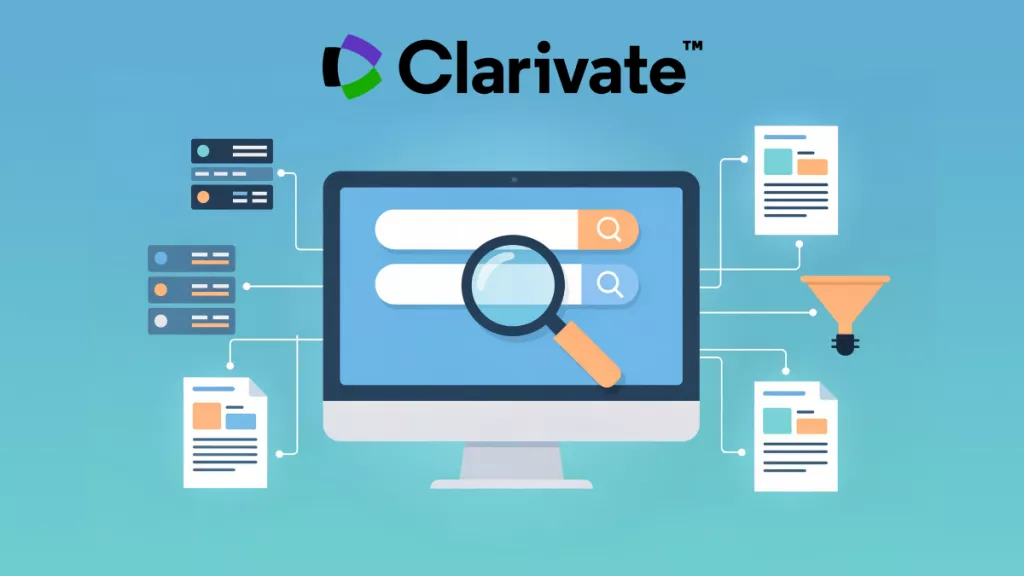
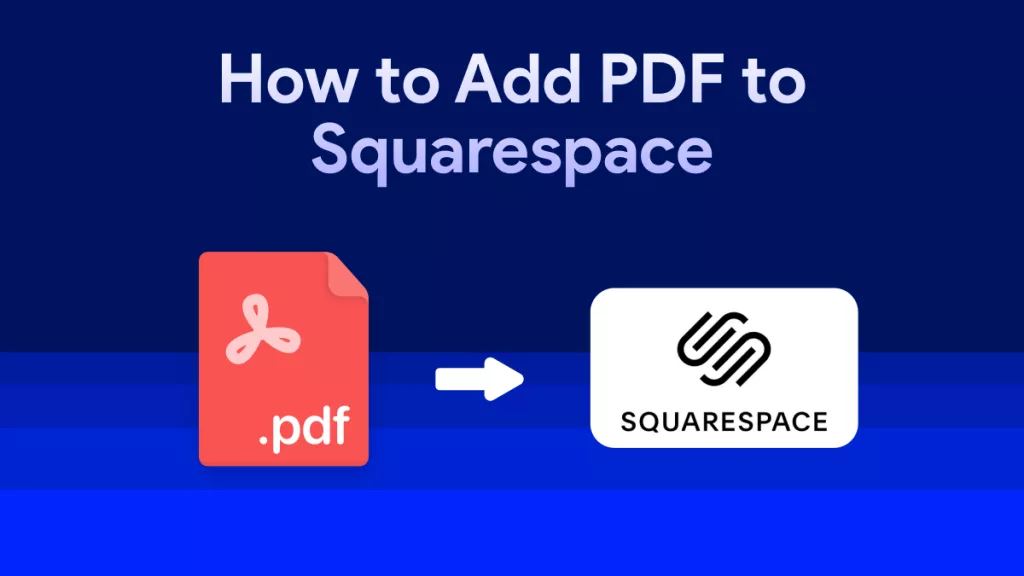
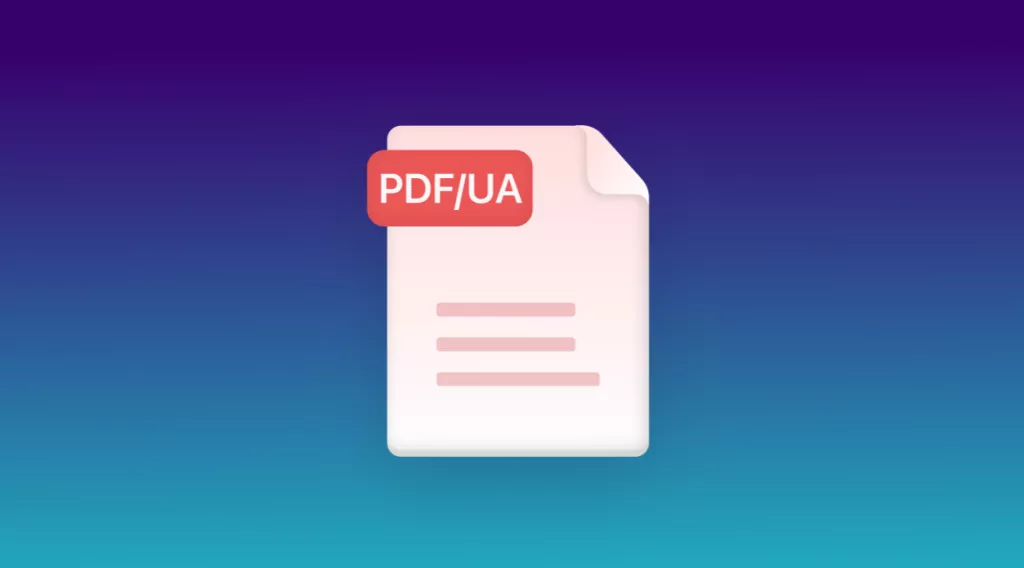
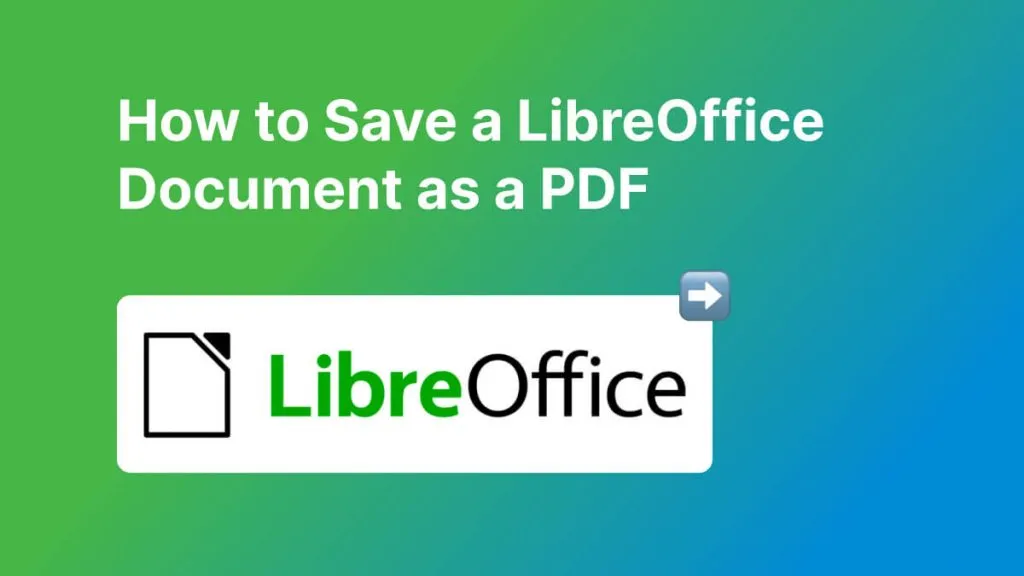


 Enola Miller
Enola Miller 
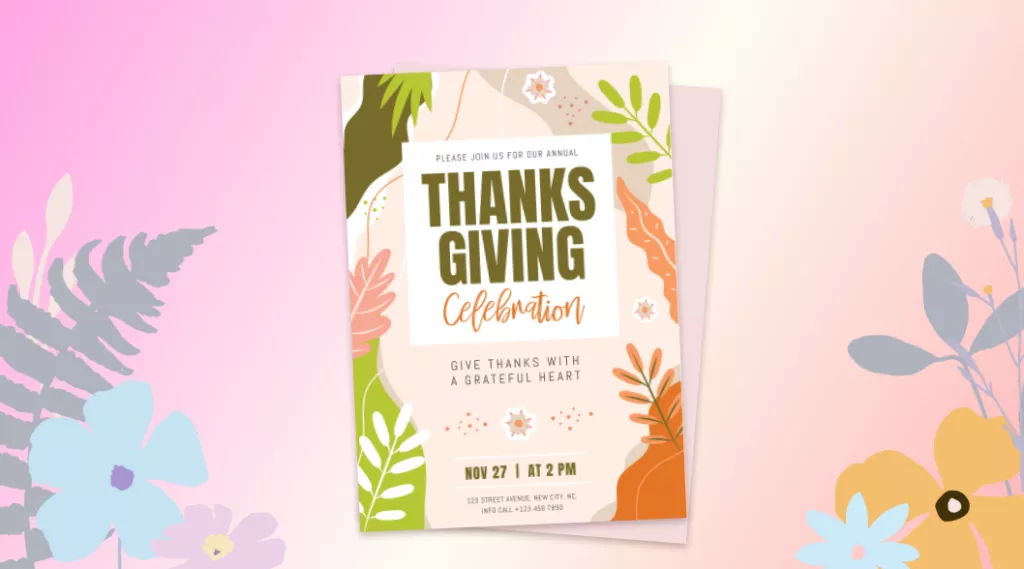
 Enola Davis
Enola Davis 
 Enya Moore
Enya Moore  Enid Brown
Enid Brown